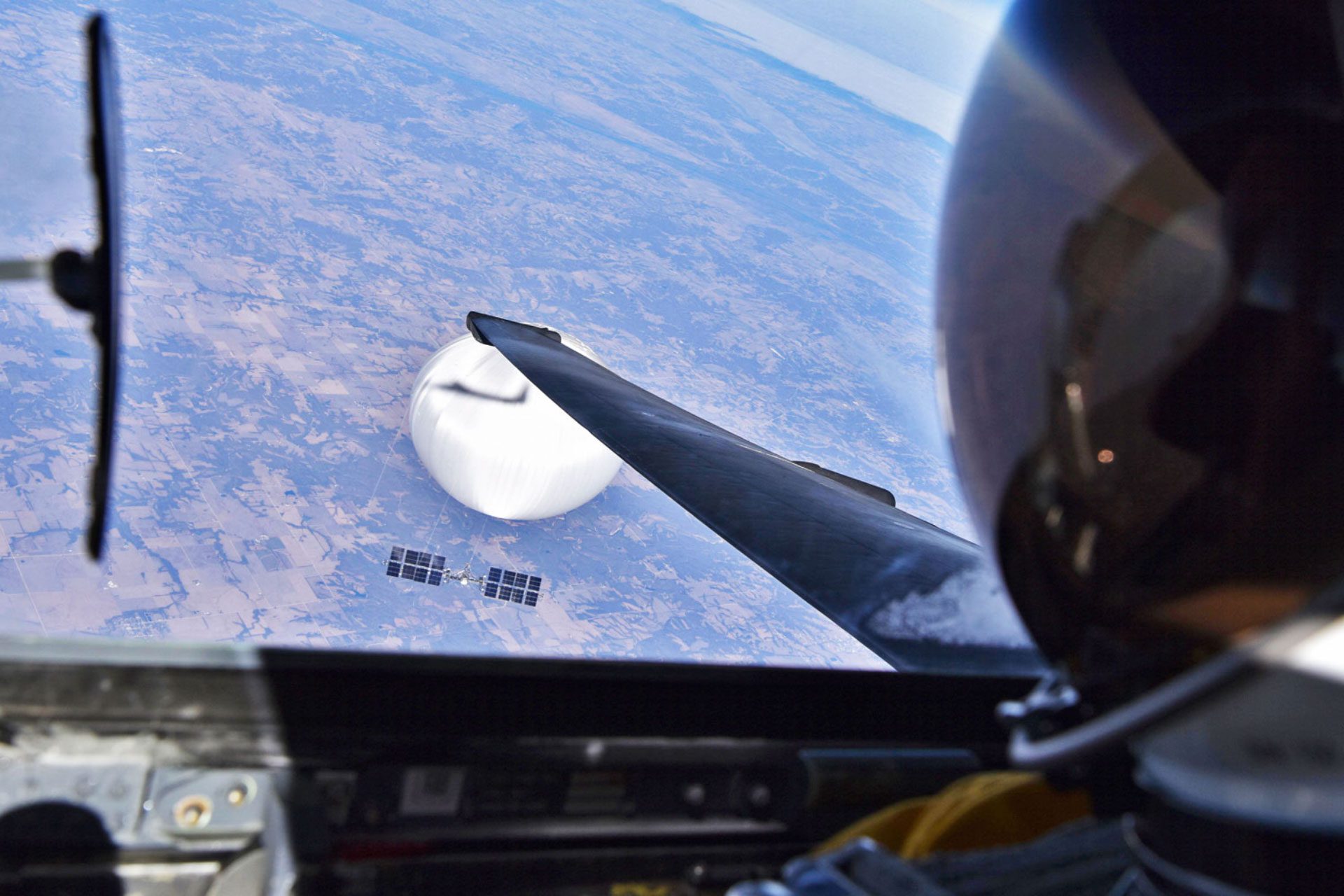Air Defense Against High Altitude Platforms

Recent incursions by Chinese balloons highlight a significant vulnerability between 60,000 and 300,000 feet above the United States (US). This problem exists for two reasons. Heretofore, nations have considered this region of the atmosphere as transitory between Air and Space, demanding little attention. However, the Chinese have correctly determined it to be a vulnerability for the US and they are exploiting it. As a result of recent Chinese activity, the US must defend this “seam” between Air and Space as critical to the defense of the nation and a few initial measures could mitigate or diminish the threat.
According to Air Force Instruction (AFI) 1-1, “Air Force Culture,” one of the Air Force’s Core Functions is to gain and maintain Air Superiority. Likewise, according to 10 United States Code (USC) 9081, the Space Force is responsible to “provide freedom of operation for the United States in, from, and to Space.” Further, Joint Publication 3-30 defines the Air domain as “the atmosphere, beginning at the Earth’s surface, extending to the altitude where its effects upon operations become negligible.” Most Air Force aircraft fly below 60,000 feet and few Department of Defense (DoD) air-breathing assets operate above this altitude. The Karman Line, which is approximately 62 miles (328,000 feet) above the Earth, is generally considered the line of demarcation between Air and Space. However, Department of the Air Force (DAF) and the National Aeronautics and Space Administration (NASA) consider 50 miles (264,000 feet) the altitude where “the Air significantly blends into Space.” Despite these agencies recognizing a transitory region, upwards of 250,000 feet of the atmosphere falls outside the responsibility of the Air Force and the Space Force, and neither has been assigned doctrinal responsibility.
There also appears to be a “seam” in terms of international law. In fact, nations have no international agreement defining sovereign airspace above a State. While satellites operate freely, “sovereign airspace” exists to the altitude to which a State is capable or willing to recognize or defend it. As a result, nations, industry, and even private citizens fly weather balloons with few or no limitations, similarly to how they operate spacecraft in orbit. While China’s claim that their balloons are flying in international airspace is correct, clearly the US cannot allow reconnaissance or armed platforms to loiter indefinitely in light of the nature of recent incursions.
The US, China, Russia, and other nations employ satellites to freely collect intelligence; however, satellite trajectories are short, predictable, and difficult or impossible to change. For greater persistence, the US operates the U2, Global Hawk, and several other systems, but China has very few high-altitude reconnaissance platforms. Instead, China is using balloons, a very inexpensive but effective alternative. Just recently, the Department of Defense released public information that Chinese balloons “off course” over the US were communicating data back to the Chinese homeland. To counter this threat, the US has used fighter aircraft to shoot balloons down with expensive air-to-air missiles, not specifically designed for this task. While relatively effective against single targets, a swarm of armed and/or reconnaissance platforms could easily overwhelm fighter defenses, reducing the limited supply of US air-to-air missiles. In addition, balloons can be flown at much higher altitudes, far higher than even the most capable fighters, forcing the US to consider even more expensive and limited surface-to-air missile systems. The US may consider several alternatives.
The DoD could employ directed energy weapons, potentially a very effective option against even large numbers of balloons, which would likely destroy their targets. Another US option is to jam and/or disable sensor and navigation equipment to degrade or blind balloon sensor packages. It may also be possible for the US to retrieve balloons intact. Several small companies in the US build and operate high altitude balloons for weather, observation, navigation, and even tourism. A few are on the verge of providing manned and unmanned transport to and from Space, and these could provide a simple and inexpensive method to capture other balloons. These companies could simply send balloons aloft to intercept, observe, disable, or retrieve adversary balloons and return them to Earth. This capability could be available immediately, and perhaps just one successful intercept and recovery would deter China and other adversaries from continuing their tactics and/or prohibitively increase the cost of doing so.
The high-altitude airspace above the US is vulnerable and China is exploiting it with inexpensive platforms. Destroying them in small numbers is working, but large numbers of armed platforms would overwhelm US defenses and present a very efficient means to deliver weapons over US territory. Capturing balloons intact may be a very effective first step to solving this vulnerability and it can be executed immediately.
Colonel (Retired) Doug “Cinco” DeMaio is the Chief of the Eagle Institute for the Air University Innovation Accelerator. He is a combat-decorated Command Pilot in the F-16, having commanded at the wing, group, and squadron levels including a Noth Atlantic Treaty Organization (NATO) Deployable Air Operations Center and the LeMay Doctrine Center as the Vice Commander. He is a graduate of the Eisenhower School, the US Army School for Advanced Military Studies, the US Army Command and General Staff College, and the US Air Force Academy.


0 Comments